The False Rose of Jericho
Zahna Siham Benamor, Apolonia Sokol
09 Mar - 05 May 2024
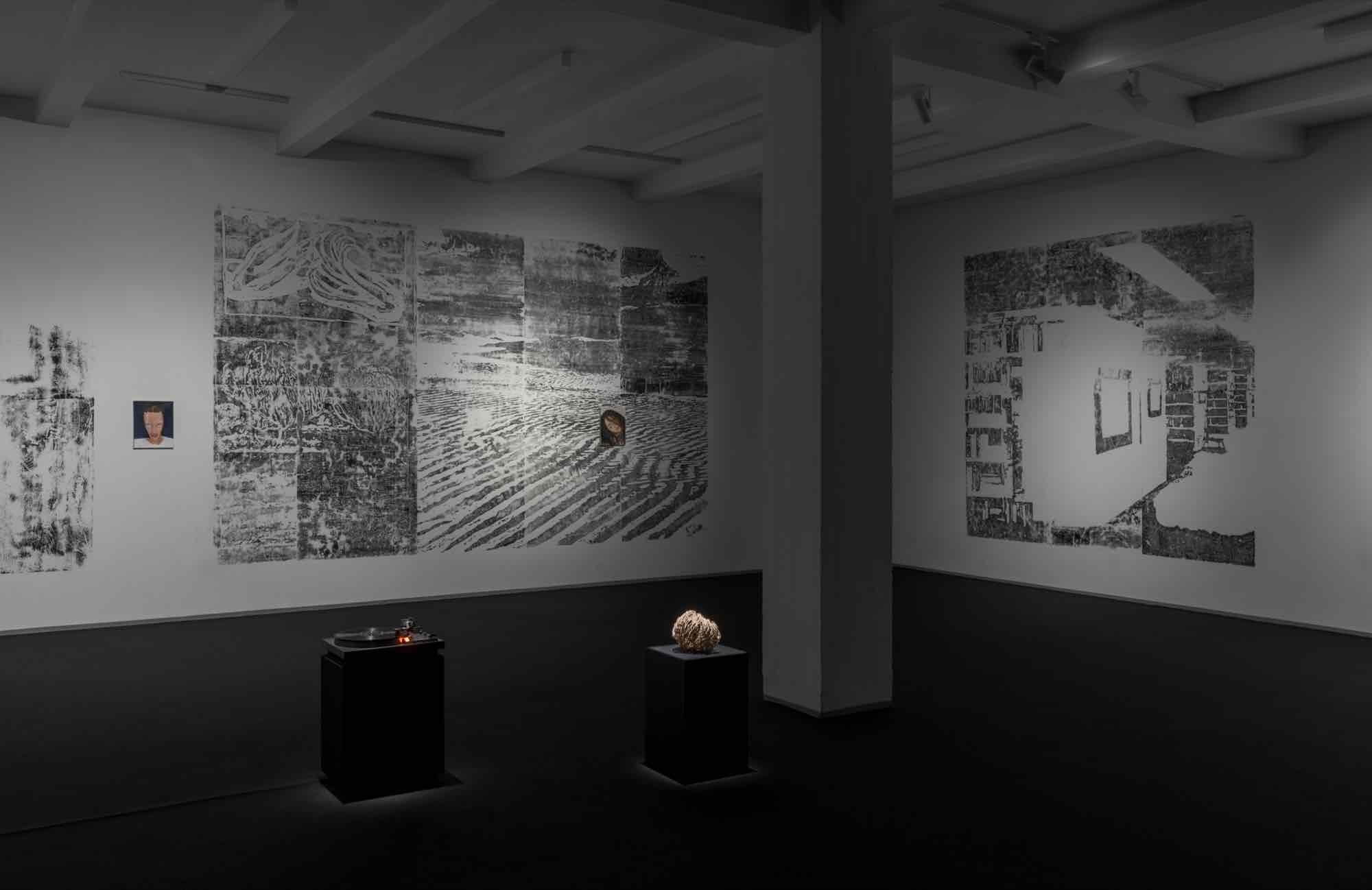
Zahna Siham Benamor and Apolonia Sokol: The False Rose of Jericho, O – Overgaden, 2024. Installation view by David Stjernholm
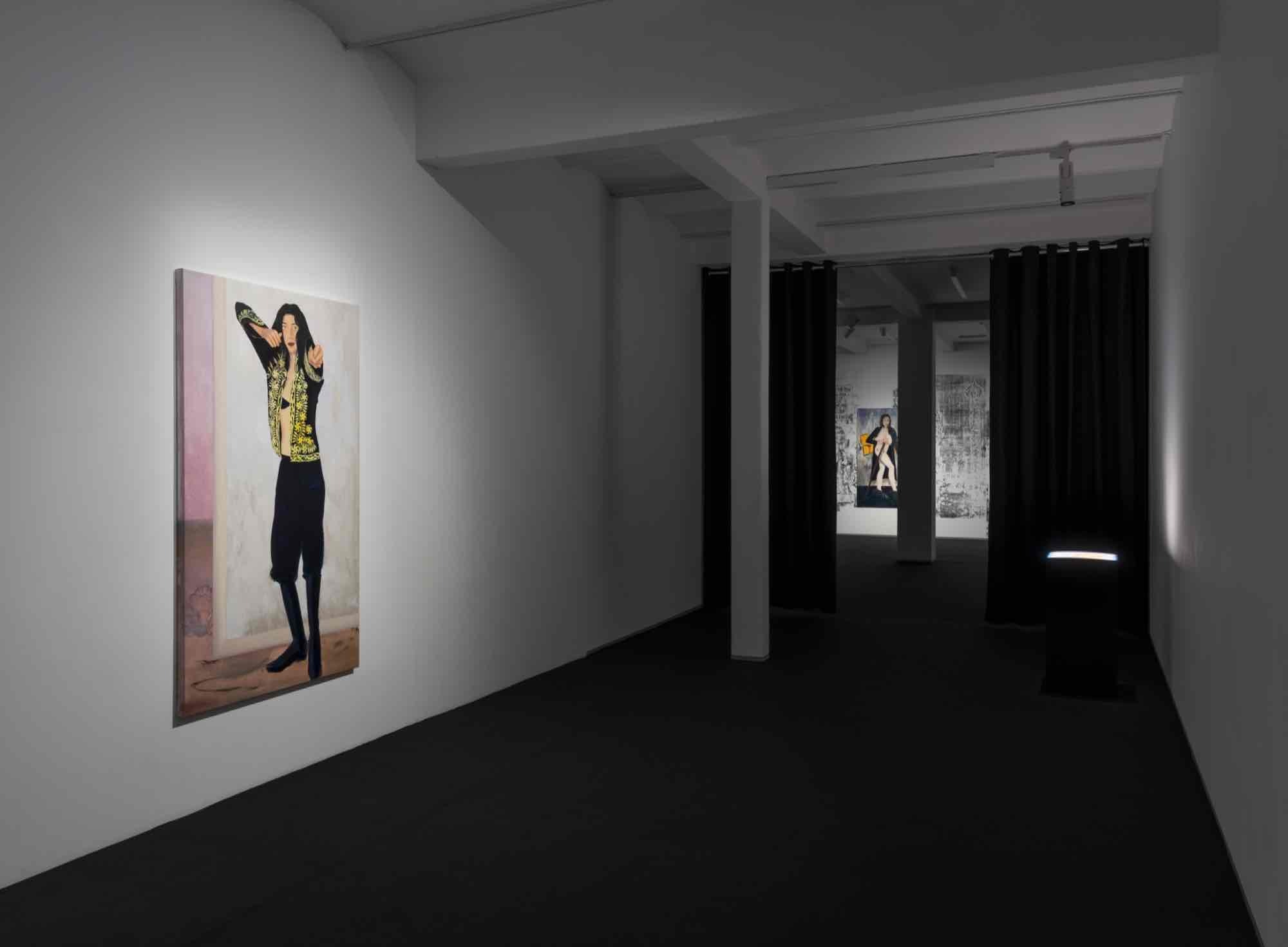
Zahna Siham Benamor and Apolonia Sokol: The False Rose of Jericho, O – Overgaden, 2024. Installation view by David Stjernholm
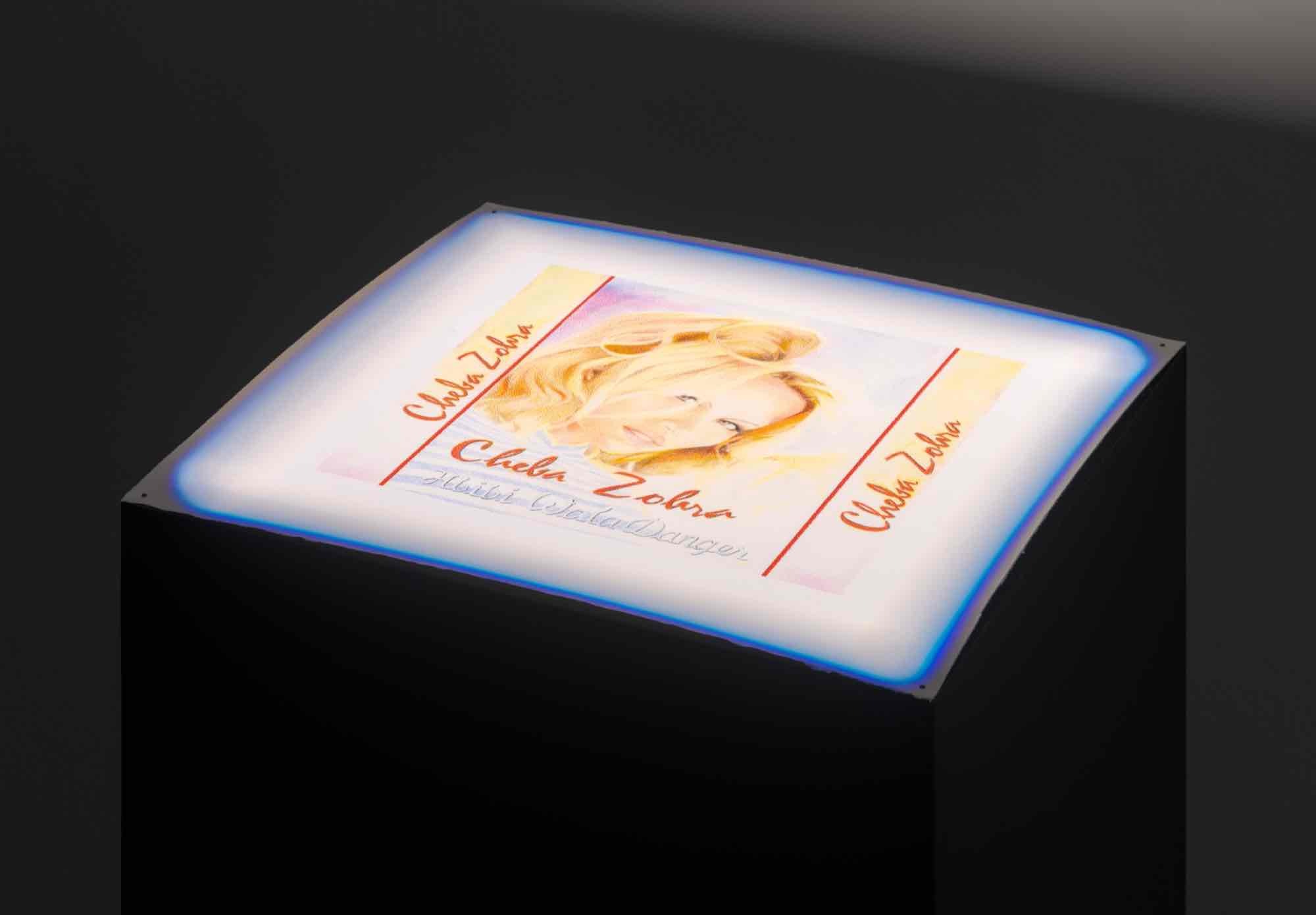
Zahna Siham Benamor and Apolonia Sokol: The False Rose of Jericho, O – Overgaden, 2024. Installation view by David Stjernholm
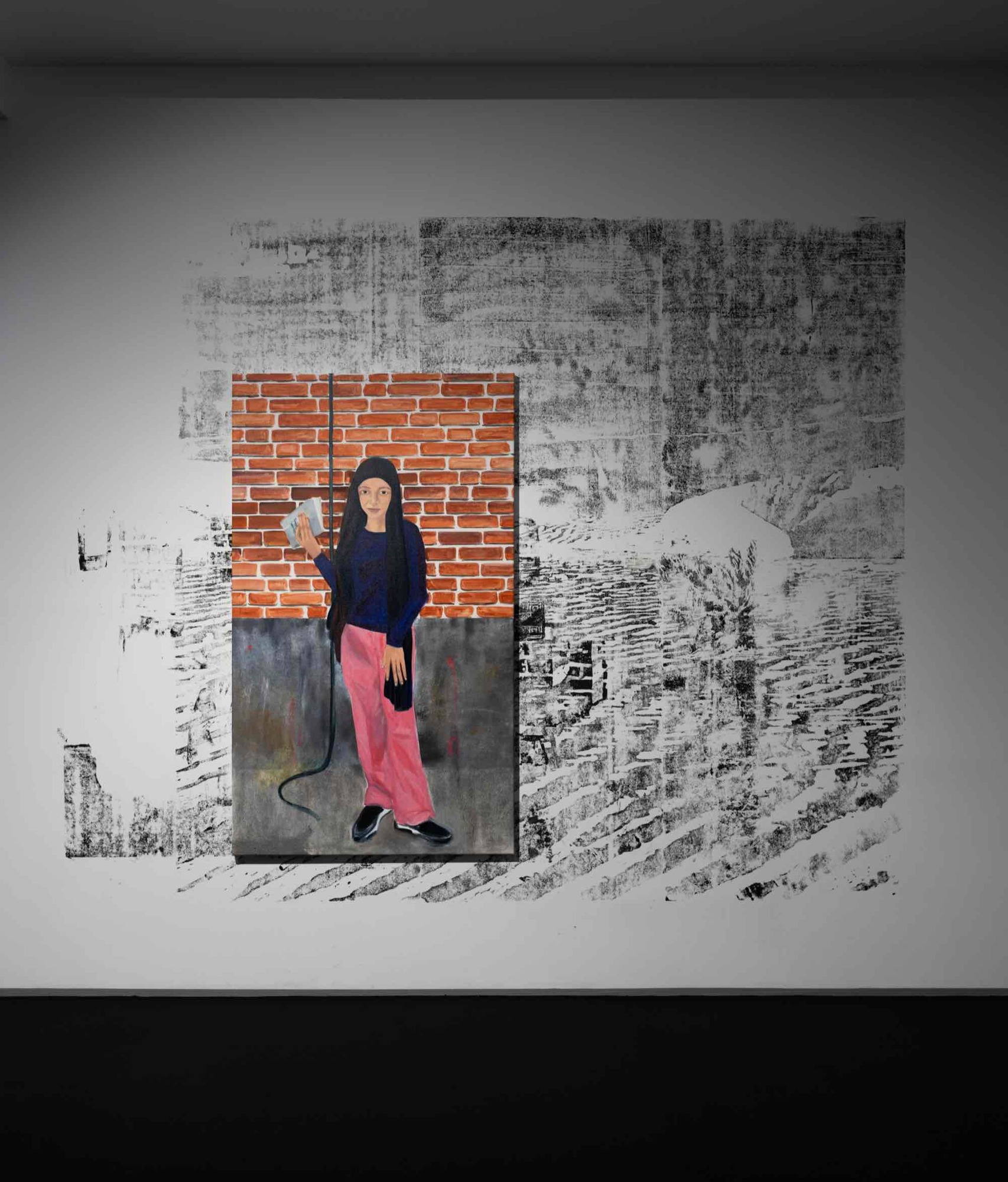
Zahna Siham Benamor and Apolonia Sokol: The False Rose of Jericho, O – Overgaden, 2024. Installation view by David Stjernholm
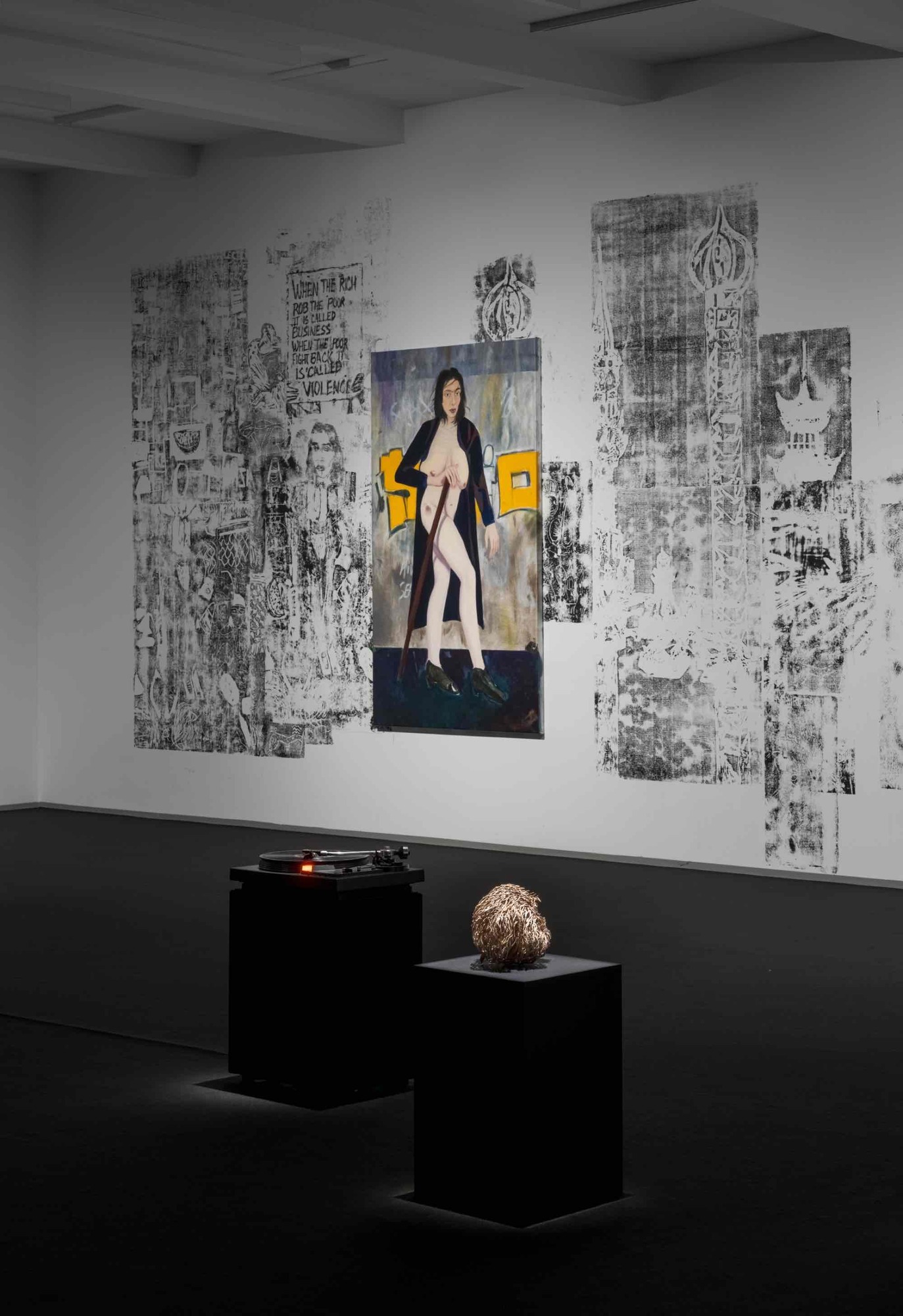
Zahna Siham Benamor and Apolonia Sokol: The False Rose of Jericho, O – Overgaden, 2024. Installation view by David Stjernholm
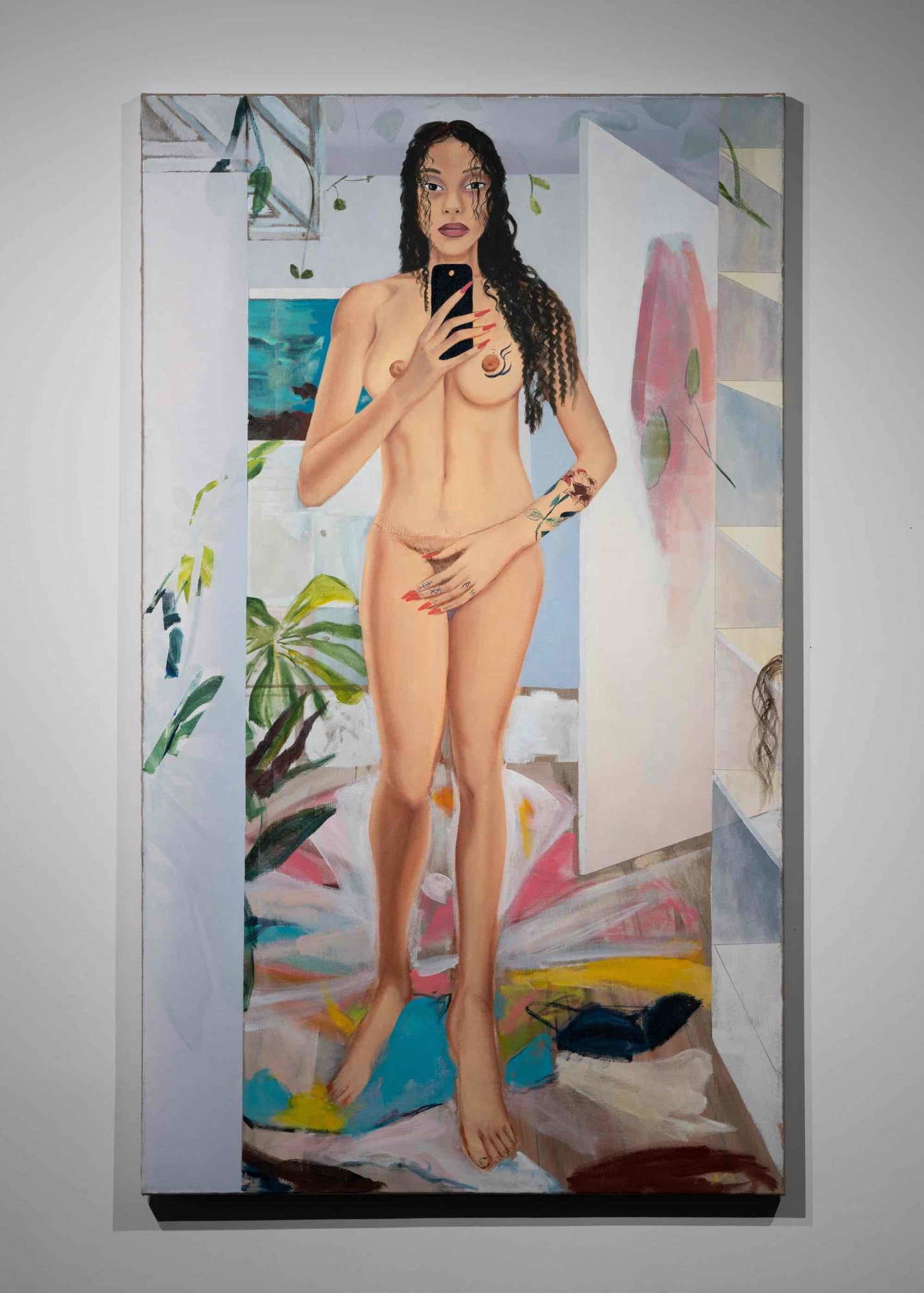
Zahna Siham Benamor and Apolonia Sokol: The False Rose of Jericho, O – Overgaden, 2024. Installation view by David Stjernholm
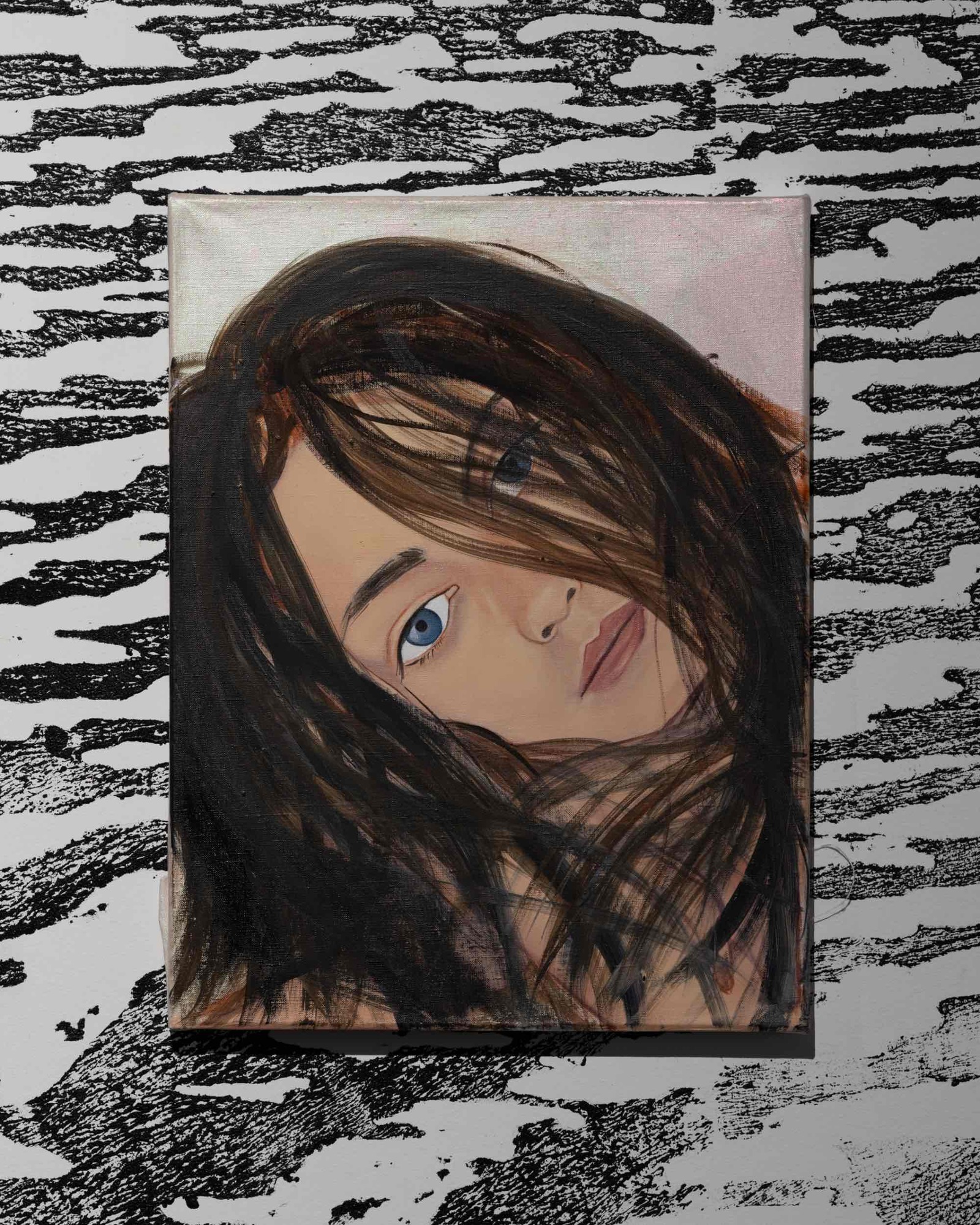
Zahna Siham Benamor and Apolonia Sokol: The False Rose of Jericho, O – Overgaden, 2024. Installation view by David Stjernholm
The first collaborative exhibition by poet and performer Zahna Siham Benamor and painter Apolonia Sokol builds on their long friendship, or feminist sorority. The show raises shared questions of exiled identities—from the rootless flower, the so-called False Rose of Jericho, to cultural figures such as the nomad and the wandering Jew.
In a new series of large-scale oil paintings, Apolonia Sokol displaces historical, patriarchal portraiture to enthrone the narratives of the two artists’ friends and family, alongside themselves. First up, Zahna Siham Benamor wears traditional Berber wedding clothes while posing as an archer—a gesture taken from an Algerian dance of resistance. As with all of Sokol’s portraits, the painting is drafted in close collaboration with the subject. Here Benamor takes aim at the viewer, as if she, a Danish author with roots in Algeria, needs to defend herself against potential attacks, even in her private apartment in Copenhagen.
The exhibition’s dark and cavernous main space emits Benamor’s new, raw and punkish soundscape collaging raï rhythms, strings, ambient compositions, rap, and poetic calls, summoning visitors. The audience is invited to sit on the floor, next to the record player as well as a real-life Jericho Rose and, on selected days, see the poet herself performing live (see O’s website for dates). A core inspiration for Benamor’s music is raï, a popular type of Algerian underground music, which has often excluded its stars, mostly socially outcast women, from appearing on their own record covers; here, a drawing of a 1990s LP cover by raï star Cheba Zohra substitutes her face with Pamela Anderson’s, raising the question of who owns the (female) image.
In the main space, giant hand-printed murals feature motifs chosen by the duo and drawn by Sokol, ranging from artworks in their own right to spatial backdrops of desert dunes, protest marches, and minarets from Tivoli, indicating Denmark’s colonial appropriation of cultures. The play with false and true imagery—from cultural clichés and class struggles to “wrong” depictions of the Rose of Jericho—seems to ask: Who holds the power of definition, and why call a flower “false” at all?
Among the painting series, a self-portrait by Sokol shows the artist nude, leaning on a walking stick, hinting at her Jewish heritage. Voluptuous and wretched, bordering on the grotesque, the image rebukes the female body’s seamless sexualization. Other portraits include Claude-Emmanuelle, a trans woman, shapeshifting into nightlife queen of Paris, and a portrait combining two different teenagers transitioning from child to adult. The exhibition thus assembles an intersectional collection of outcasts, creating a space where the exiled take center stage—a collective powerhouse of resistance.
In a new series of large-scale oil paintings, Apolonia Sokol displaces historical, patriarchal portraiture to enthrone the narratives of the two artists’ friends and family, alongside themselves. First up, Zahna Siham Benamor wears traditional Berber wedding clothes while posing as an archer—a gesture taken from an Algerian dance of resistance. As with all of Sokol’s portraits, the painting is drafted in close collaboration with the subject. Here Benamor takes aim at the viewer, as if she, a Danish author with roots in Algeria, needs to defend herself against potential attacks, even in her private apartment in Copenhagen.
The exhibition’s dark and cavernous main space emits Benamor’s new, raw and punkish soundscape collaging raï rhythms, strings, ambient compositions, rap, and poetic calls, summoning visitors. The audience is invited to sit on the floor, next to the record player as well as a real-life Jericho Rose and, on selected days, see the poet herself performing live (see O’s website for dates). A core inspiration for Benamor’s music is raï, a popular type of Algerian underground music, which has often excluded its stars, mostly socially outcast women, from appearing on their own record covers; here, a drawing of a 1990s LP cover by raï star Cheba Zohra substitutes her face with Pamela Anderson’s, raising the question of who owns the (female) image.
In the main space, giant hand-printed murals feature motifs chosen by the duo and drawn by Sokol, ranging from artworks in their own right to spatial backdrops of desert dunes, protest marches, and minarets from Tivoli, indicating Denmark’s colonial appropriation of cultures. The play with false and true imagery—from cultural clichés and class struggles to “wrong” depictions of the Rose of Jericho—seems to ask: Who holds the power of definition, and why call a flower “false” at all?
Among the painting series, a self-portrait by Sokol shows the artist nude, leaning on a walking stick, hinting at her Jewish heritage. Voluptuous and wretched, bordering on the grotesque, the image rebukes the female body’s seamless sexualization. Other portraits include Claude-Emmanuelle, a trans woman, shapeshifting into nightlife queen of Paris, and a portrait combining two different teenagers transitioning from child to adult. The exhibition thus assembles an intersectional collection of outcasts, creating a space where the exiled take center stage—a collective powerhouse of resistance.
